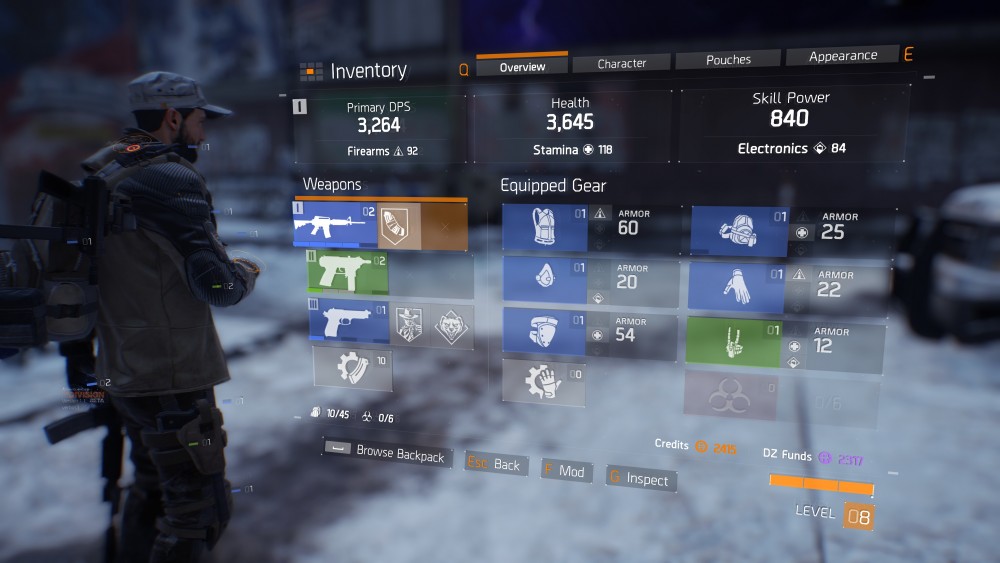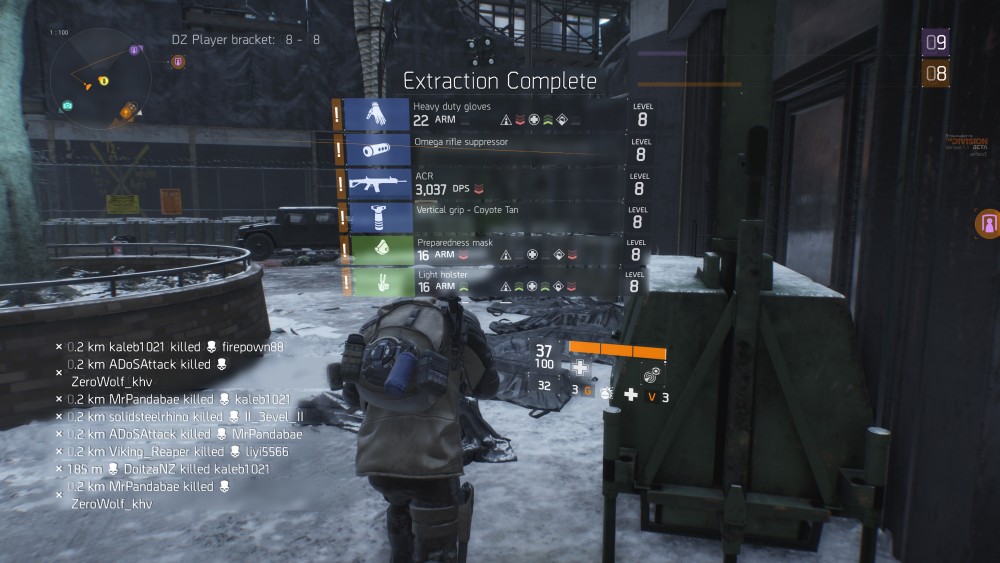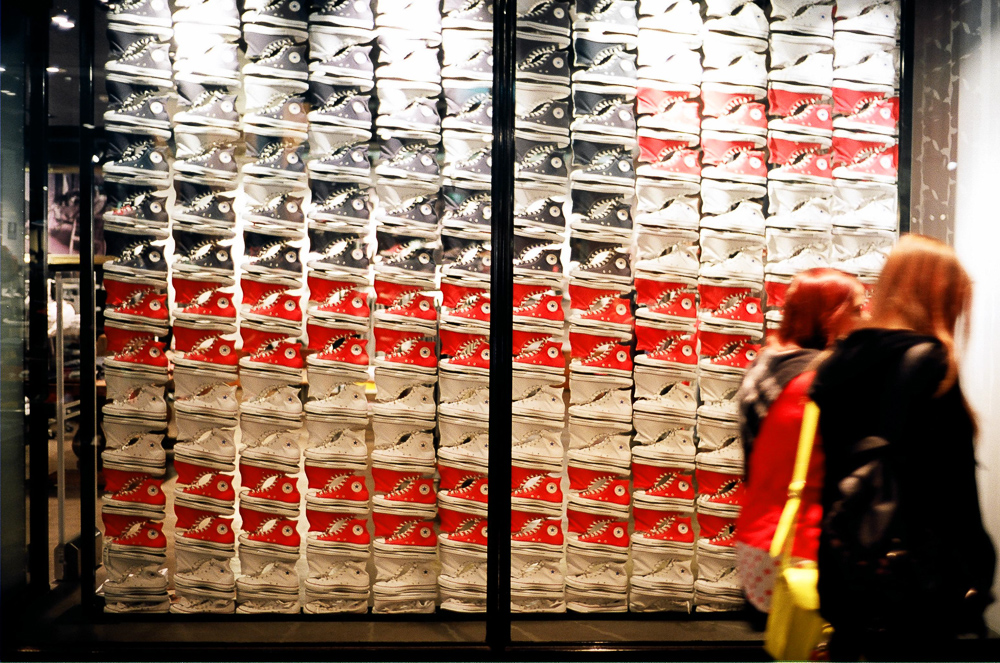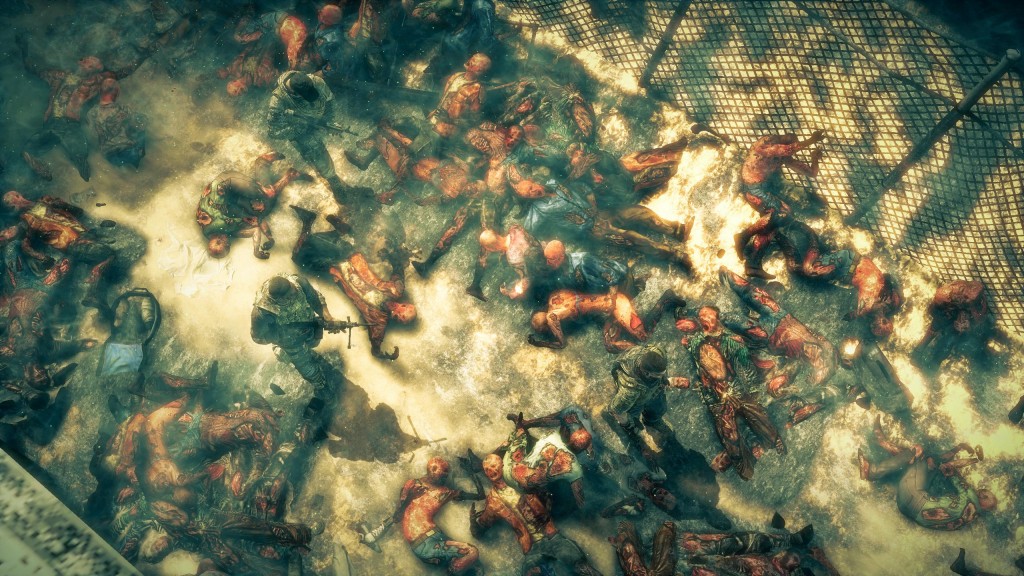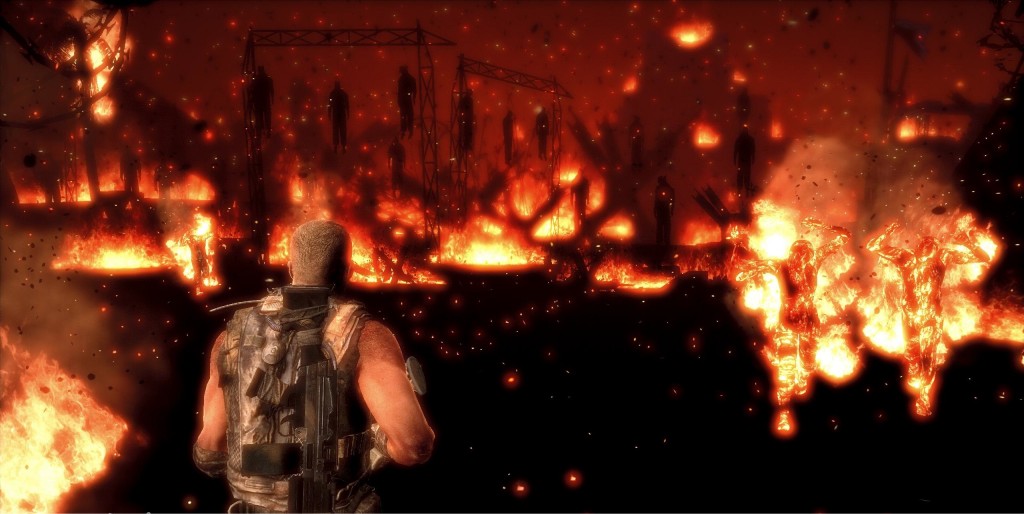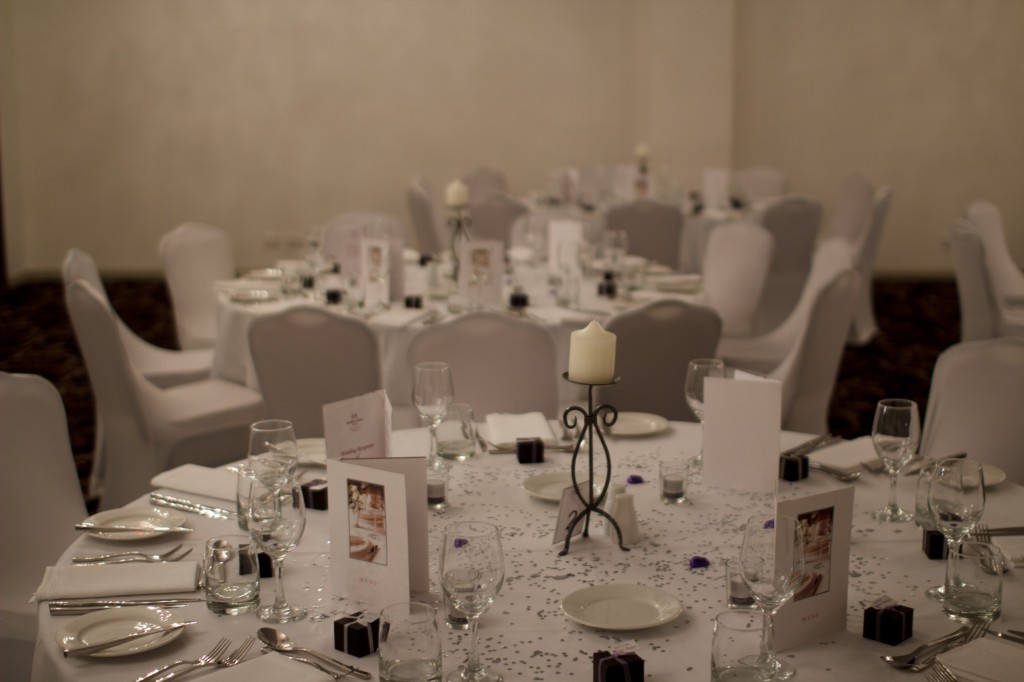This is going to be hard to believe, but sometimes I play other games other than Dota 21. Crazy, I know. But last weekend I played The Division, I title I’ve been looking forward to ever since it brought the hype at E3 2013, at PAX Aus 2013, and then again at PAX Aus 2014. I’m not even sure why I was looking forward to it — the snippets of information that had been given away by Ubisoft/Massive haven’t been much to go on, but the way that everyone else has been talking about the game has gotten me excited. Even after the beta has come and gone, I’m still not sure what the game is about or what the end-game is, so I guess you can say I’m well and truly riding on the hype-train.
At first I wasn’t sure about the concept of a third-person cover-based shooter on the PC. Then I realised one of my favourite games of all time was a third-person cover-based shooter: Mass Effect. And the more I thought about it, the more I saw similarities between the two games: both are cover-based shooters. Both are futuristic. Both have RPG-like elements in terms of gear and skills. While Mass Effect undoubtedly has the far stronger storyline, I’m hoping The Division’s Dark Zone, PvP multiplayer will make up for the complete lack of late-game content we’ve seen thus far and give it at least a little longevity after the main story is done and dusted.
I almost gave up on The Division. After finishing the initial intro and browsing same-ish city blocks, I wandered towards the first objective, cranked the difficulty to high, and dove in. After ten deaths in the same spot, I gave up and was ready to hang in the towel on the whole thing — and I would have, if it hadn’t been for a friend that wanted to co-op with me.
We actually ended up making it through that mission, even though we died a few times in the exact same spot, but having a friend turns out to make all the difference in the world (or at least in that particular instance of mission).
With both of the two storyline missions under our belt (for an estimated 10% story completion of the entire game) in one sitting, we did what two guys would do next and passed into the Dark Zone.
In the Dark Zone, not only are you fighting up much tougher AI for better loot, you’re also competing with other players for the same. Loot is instanced so you can never “steal” someone else’s loot by landing the killing blow on a big boss, but what you can steal is their loot when they go to extract the loot so it becomes available for use. Dark Zone loot isn’t usable until it’s “extracted”, which is dicey process of calling in a helicopter, waiting around for it to arrive, and then not getting killed while your character is going through the motions of attaching the loot to the zipline dropped by the helicopter. It’s all very Metal Gear Solid, only with the added threat of someone lobbing a few grenades on you as you’re going for the extract, and then raining bullets on you from the high ground.
Which is to say, the Dark Zone is pretty fun. If you’re playing solo, it’s the thill of being a lone wolf — not necessarily taking out groups of the strong AI by yourself, but contributing enough lead to share in the spoils, then either taking advantage of someone else’s extraction helicopter or calling in your own and hoping like hell someone doesn’t decide you’re a good target.
Ars Technica played through the closed beta on Xbox One a few weeks earlier, and while they say The Division is a repetitive shooter that has neither the cover-based shooting mechanics of Gears of War or the looting and gear-based aspects of Fallout or Borderlands, I disagree. The Division is different enough from all those to set it apart, and what people have to realise is that it isn’t a cover-based shooter with RPG elements, it’s an RPG with cover-based shooter elements.
Playing through the open beta taught me that the pursuit of better gear came above all else, and with the amount of weapon customisation and all the other RPG-type elements that were hinted at in the game but not actually present in the open beta (including food and managing hunger levels in a desolate, virus-ridden New York landscape, the various skills granted by unique weapons, the focus on cosmetic appearance, and more), my guess is there’s going to be playing of role-playing in The Division, whether that means going Rogue in the Dark Zone or just sticking to the streets of New York, trying to do… whatever the hell the main protagonist is trying to do. Seriously, what is this game about?
Seeing as I’ve pre-ordered the game, I guess I’ll find out soon enough.
